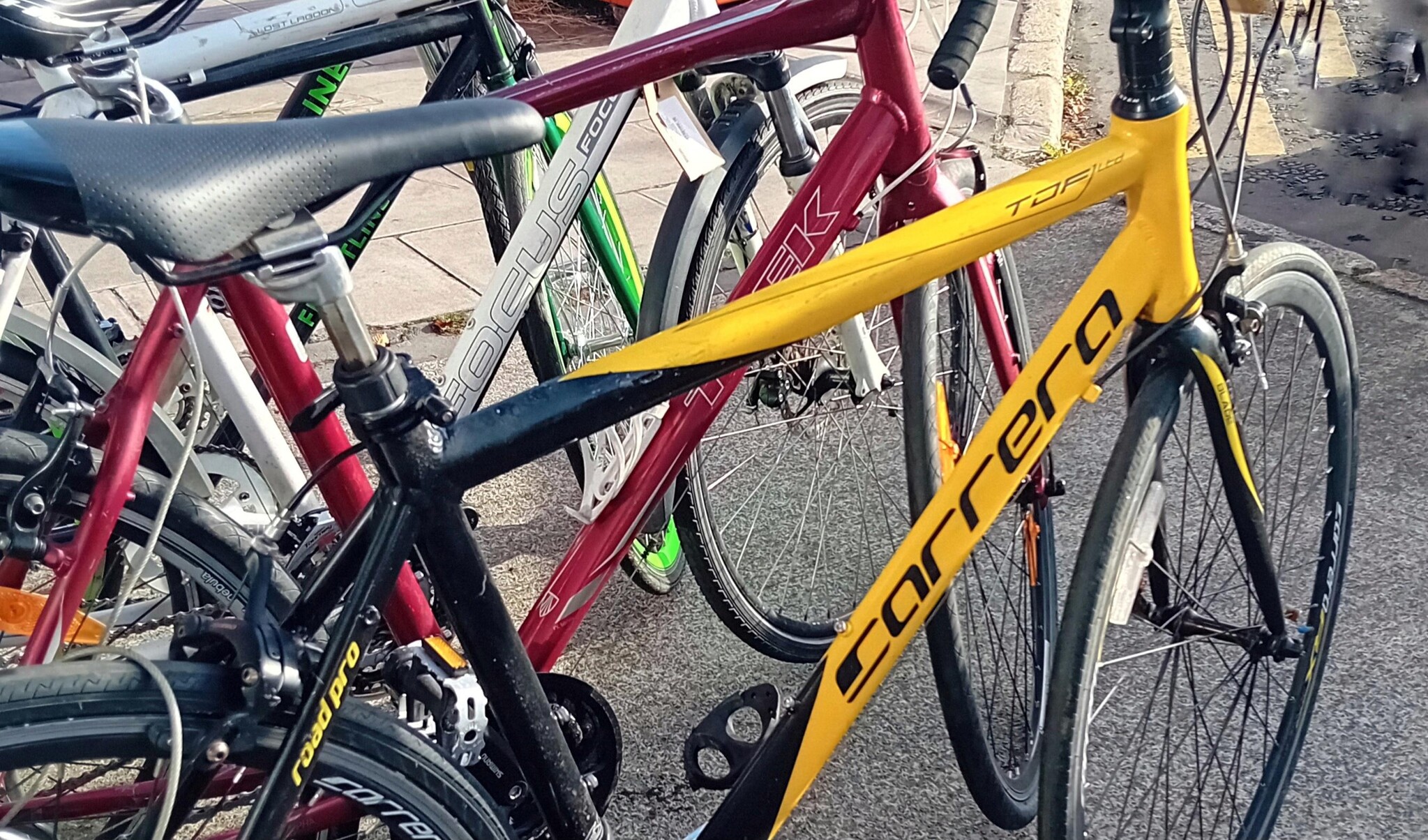BEGINNERS GUIDE TO CYCLING
- Posted on

If you’re new to cycling, figuring out what kind of bike is right for you, what size you need, and what gear to wear can feel overwhelming. In this guide, we’ll break down the essentials to help you make informed decisions, whether you’re commuting, cycling for fitness, or just enjoying the outdoors.
A Beginner’s Guide to Cycling: Choosing the Right Bike, Size, and Gear
Cycling is one of the most sustainable modes of transport available, and with the right bike and equipment, you can ride confidently, safely, and comfortably - while also enjoying the physical and mental health benefits that come with regular cycling.
1. Choosing a Bike Type
Before getting started, it’s important to select a bike that suits your needs and is suitable for your intended use. Different types of bikes are designed for different terrains and styles of riding.
Road Bikes: Best for paved roads and long-distance rides. Lightweight and built for speed.
Mountain Bikes: Designed for off-road use and rough terrain, with strong frames and wide tyres for grip and durability.
Hybrid Bikes: A combination of road and mountain bike features, ideal for a mix of city streets, cycle paths, and occasional off-road use.
City Bikes: Comfortable and practical for short commutes or casual rides, typically featuring upright handlebars and wide, padded saddles.
Your local bike shop can help guide you on which type is best suited to your lifestyle and intended use.
2. Choosing the Right Bike Size
Riding a bike that is too big or too small can be uncomfortable and unsafe. To determine the correct frame size, you need to know your height and ideally the inside leg measurement.
We recommend using a bike size chart or visiting a professional bike shop for assistance. You can also consult our bike size guide.
Even with the right frame size, some adjustments may be necessary:
- Handlebar height: Can be adjusted for a more upright or more aerodynamic riding position.
- Saddle height and position: Should allow your leg to extend almost fully at the bottom of a pedal stroke, without locking the knee.
- Reach and standover height: You should be able to comfortably straddle the top tube with a small amount of clearance.
A properly sized and adjusted bike will improve your control, comfort, and safety.
3. Essential Bike Safety Gear
Wearing the correct cycling safety gear ensures that you stay visible and protected when riding, especially on roads shared with cars, buses, and pedestrians.
- Helmet: Choose one that fits snugly, sits level on your head, and is certified to European Safety Standards (EN 1078).
- Reflective clothing: A high-visibility vest or jacket and a reflective backpack cover are highly effective in low light.
- Front and rear lights: A red light is required on the back of your bike, and a white or yellow light on the front. These are legally required and essential for visibility.
- Bell: Alerts pedestrians and other road users of your presence and is also a legal requirement in Ireland.
Having proper gear not only keeps you safer but ensures you’re compliant with Irish road safety laws for cyclists.
4. Learn Basic Bike Maintenance
While it’s always best to have your bike professionally serviced at least once a year, basic bike maintenance will help you stay safe and extend the life of your bicycle.
- Checking tyre pressure: Tyres should be inflated to the correct PSI (printed on the tyre sidewall). Use a pump with a gauge for accuracy.
- Lubricating the chain: Apply chain lubricant regularly (especially after wet rides) to prevent wear and rust.
- Cleaning your bike: A clean bike performs better and lasts longer. Wipe down your frame, wheels, and drive train regularly, particularly after muddy or wet rides.
Learning a few of these simple tasks can save you time and money and reduce the risk of mechanical issues.
5. Know the Rules of the Road
Cyclists in Ireland must share the road with other vehicles and pedestrians, so understanding the rules and practicing safe cycling habits is essential. Dublin City Council offers training for adults and schoolchildren - find out more here.
- Signal your turns: Use clear hand signals to let others know when you’re turning or stopping.
- Stay in bike lanes: Use designated cycle lanes where available, or stay to the left-hand side of the road while maintaining safe distance from parked cars and kerbs.
- Be visible: In low-light conditions, always use lights and wear reflective gear. Visibility is key to avoiding accidents.
It’s also helpful to stay aware of your surroundings and avoid distractions such as headphones while cycling.
Visit Us at Frontline Bikes for Advice and Support
If you need help choosing the right bike, sizing a frame, or finding the right cycling gear, our team at Frontline Bikes in Inchicore, Dublin 8 is here to help. Our experienced mechanics and shop staff can guide you through the process, recommend suitable bikes for your needs, and assist with repairs, servicing, and safety checks.
We also sell refurbished and upcycled bikes, offer basic bike maintenance tips, and stock a range of essential safety gear including helmets, lights, and high-vis accessories.
Get in touch or visit us in-store to speak with one of our team members.
